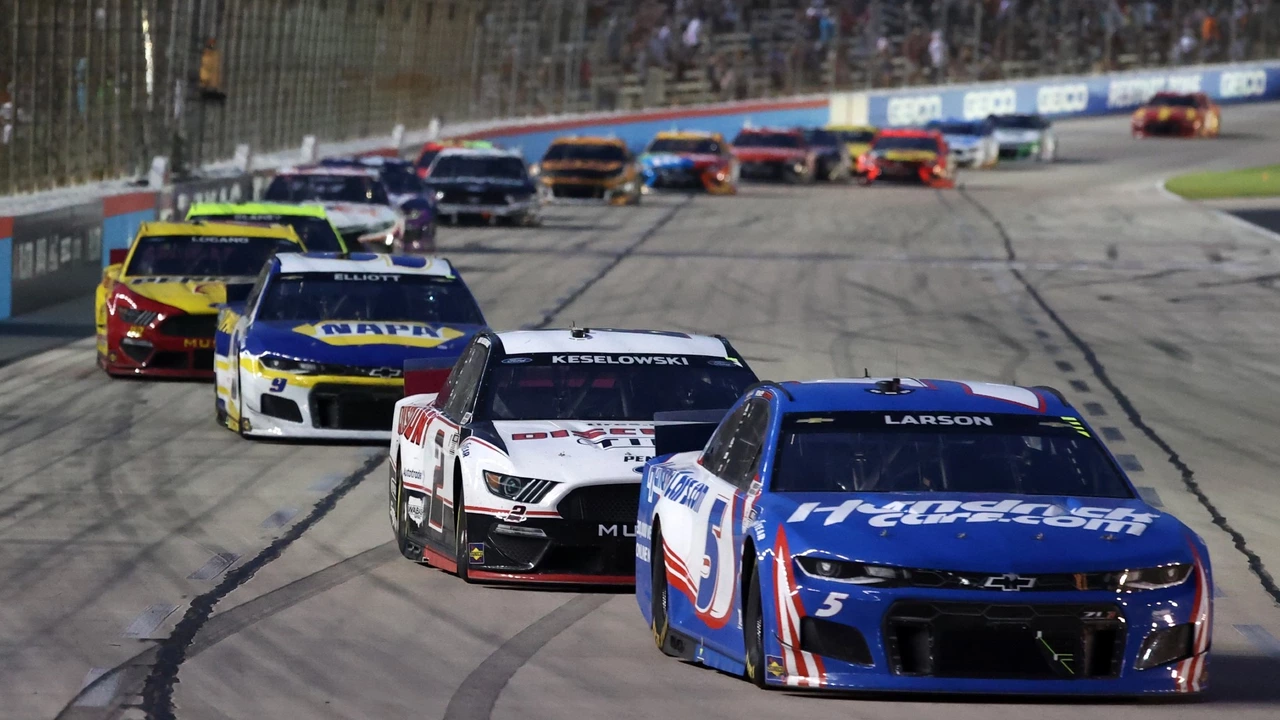If you dream of hitting the track, the first thing you need to sort out is whether you meet the basic eligibility rules. Every series, from grassroots karting to international Formula 1, has a checklist you’ll have to tick. Don’t worry – most of the items are simple, and you can usually clear them with a bit of planning.
Most clubs set a minimum age of 12 or 14 for junior categories and 16 for senior car series. Some high‑power series, like GT racing, demand you be at least 18. If you’re not a UK resident, you’ll still be allowed to race, but you may need an international license and proof of a valid passport.
In the UK the Motorsport UK (formerly MSA) issues competition licences. You start with a National C licence for entry‑level events and work your way up to National A or a International licence for higher tiers. Getting a licence involves a short written test, a practical driving assessment, and a medical form. If you already hold a licence from another country, you can often transfer it after a simple paperwork swap.
Don’t forget club membership. Most tracks require you to be a member of the local motor club, which gives you access to track days, safety briefings, and the official licence paperwork.
Racing is fast, so a medical check is non‑negotiable. You’ll fill out a questionnaire about heart conditions, vision, and recent injuries. For higher‑speed series, a doctor may request an ECG or a vision test. The good news is you usually only need to redo the check every two years unless your health changes.
Most series ask for proof of prior experience. For car racing, that might be a log of completed track days, a finish record in a junior series, or a recommendation from a licensed instructor. Karting is the most open – if you can drive a kart safely, you can usually start.
Some competitions also require you to complete a recognised driver development program. These programs teach track etiquette, safety car procedures, and basic car control. Finishing one of these courses often earns you a “Course Completion” badge that counts toward your licence points.
You’ll need a full‑spec racing suit, helmet, gloves, and shoes that meet FIA standards. Many clubs inspect your gear before you can start a session. If you’re entering a high‑level series, a full roll cage, fire‑extinguishing system, and a data‑acquisition unit may be mandatory.
Some tracks also ask you to bring a personal safety harness and a helmet that matches the latest safety rating. It’s worth checking the specific circuit’s rulebook – they’ll list exact requirements.
Eligibility isn’t just about paperwork; you also need to budget for entry fees, licence renewal, and safety gear. Entry fees can range from £100 for a local club day to several thousand pounds for a national championship. Some clubs offer payment plans or sponsorship programmes for promising drivers.
Remember, many series have a “team entry” option where the team covers the bulk of the cost. If you join a team, they’ll usually handle the licence paperwork and ensure you meet all criteria.
Start by checking the event’s official website – they’ll post a clear list of eligibility rules. Write down each item, then tackle them one by one: get your licence, schedule a medical check, buy the right gear, and log your practice sessions. Once you have everything in order, you’ll be ready to line up at the start line without any surprises.
Eligibility can feel like a lot of steps, but each one is there to keep you safe and make the competition fair. Follow the checklist, stay organized, and you’ll be racing before you know it.

Absolutely, being a NASCAR racer isn't limited to those from the USA. In fact, the sport has seen numerous successful drivers from various countries around the globe. What really matters is your passion, commitment, and skill behind the wheel. As long as you're willing to undergo the required training and meet the necessary criteria, your nationality won't be a hindrance. So, gear up, friends from around the world, the NASCAR track could be your next destination!